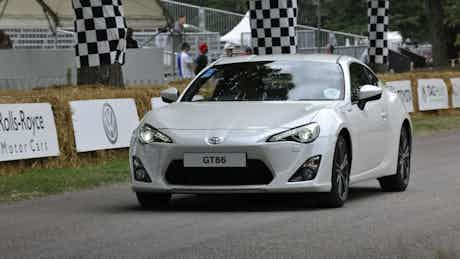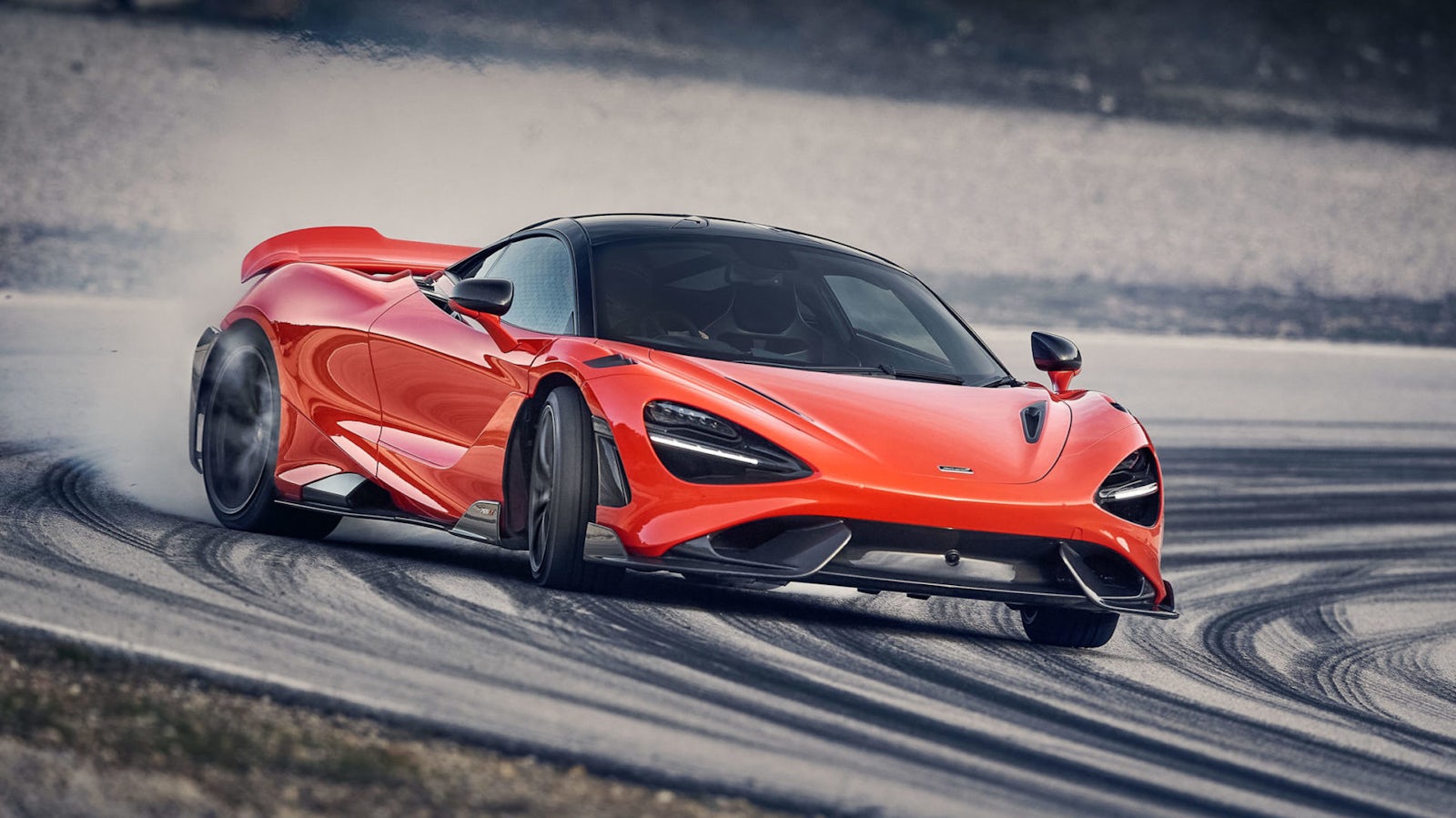What is a Limited Slip Differential (LSD)
April 28, 2022 by John Tallodi

A Limited Slip Differential is a device that channels power to the driven wheels with the most traction. It is usually fitted to sports cars to prevent wheelspin under hard acceleration or when taking corners at speed.
To help you gain a better understanding of LSDs, this guide will look into how they work, what types are available and how they differ from a regular differential.
How does a Limited Slip Differential work?
Every car has a differential, it allows for the driven wheels to turn independently of each other, an essential trait if you plan to take corners as the outside wheel needs to rotate more than the inside wheel in this situation.

The actual unit is situated between the driven wheels on a rear-wheel-drive car or next to the transmission housing on front-wheel-drive cars. Four-wheel-drive cars also add a central differential to transmit power from the front to the rear.
The downside of a standard or open differential is that a wheel with limited traction (like say on an icy surface) will still get lots of power causing it to spin helplessly while the other wheel doesn’t turn at all.

All new vehicles are required to be equipped with an electronic stability system that can help mitigate this effect, but you will need a proper limited slip differential (LSD) for the best results.
That is because an LSD transfers power to the wheel with the most grip, providing stronger acceleration in powerful cars where wheelspin is easy to induce. Cornering speeds can also be improved as the power will be transmitted to the wheels with the most grip, preventing the unloaded inside wheel from spinning.
Front-wheel-drive cars equipped with an LSD will also exhibit less torque steer (the sensation of the steering wheel tugging from side to side) when pulling off enthusiastically.
What are the different types of Limited Slip Differential?
How an LSD limits spin depends on what type of system it is. Without getting too technical, mechanical LSDs use either gears (Torsen) or friction discs and liquid (Viscous) to achieve the same goal.
Many modern limited slip differentials, like BMW’s M Active Differential and Ferrari’s e-Diff use a combination of mechanically operated clutches and electronic sensors to determine the best degree of lock to apply to each driven wheel. This allows for more precise control in extreme driving situations.
Some manufacturers offer an electronic LSD which can limit the engine’s power and apply the brakes to mimic the behaviour of a mechanical unit. This system is less complex, lighter and in most situations is a cost-effective alternative to a traditional mechanical LSD. However, the brakes can overheat and wear out quicker in extreme situations (such as on track days) and some systems are more capable than others.

A particularly good example of an electronic LSD is McLaren’s brake-based torque vectoring system which has been designed to cope with extended hard use situations. McLarens are just about the only modern supercars not to use a mechanical limited slip differential in conjunction with an electrical system.
Which cars have a Limited Slip Differential?
Due to their added cost, weight and complexity, limited slip diffs are generally reserved for sports cars and high-performance vehicles. The point of an LSD is to reapportion power to the wheels that have the most grip and powerful vehicles tend to spin their wheels more readily without some form of mechanical or electronic intervention.

Fitting an LSD to a low-powered city hatchback won’t make much of a difference to your driving experience as you will rarely trouble its limits of grip on the school run. The standard fitment electronic stability program is more than enough here.
Some vehicles that come fitted with an LSD as standard include:
- Mazda MX-5 (unless you pick one with an automatic transmission)
- Toyota GT86 and GR86
- BMW M3
Cars Change? Carwow!
Looking for a new set of wheels? With Carwow you can sell your car quickly and for a fair price – as well as find great offers on your next one. Whether you’re looking to buy a car brand new, are after something used or you want to explore car leasing options, Carwow is your one stop shop for new car deals.














